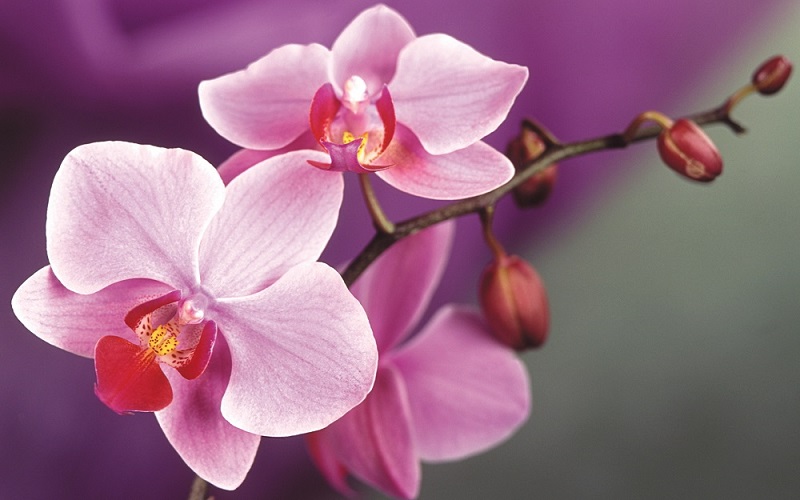Se-tenant: Maxillaria Refescens, Vanilla Grandiflora (Suriname 1996)
Maxillaria Refescens, Vanilla Grandiflora (Suriname 1996)
29 February (Suriname ) within release Orchids goes into circulation Se-tenant Maxillaria Refescens, Vanilla Grandiflora face value 2*750 Surinamese guilder
| Se-tenant Maxillaria Refescens, Vanilla Grandiflora in catalogues | |
|---|---|
| Michel: | Mi:SR 1545-1546 |
Se-tenant is square format.
Also in the issue Orchids:
- Stamp - Vanilla Grandiflora face value 750;
- Se-tenant - Brassia Caudata, Catasetum Macrocarpum face value 2*300;
- Stamp - Catasetum Macrocarpum face value 300;
- Stamp - Maxillaria Refescens face value 750;
- Se-tenant - Maxillaria Refescens, Vanilla Grandiflora face value 2*750;
- Stamp - Cyrtopodium Cristatum face value 10;
- Se-tenant - Cyrtopodium Cristatum, Epidendrum Cristatum face value 2*10;
- Stamp - Epidendrum Cristatum face value 10;
- Stamp - Cochleanthes Guianensis face value 75;
- Se-tenant - Cochleanthes Guianensis, Otostylis Lepida face value 2*75;
- Stamp - Otostylis Lepida face value 75;
- Stamp - Catasetum Longifolium face value 135;
- Se-tenant - Catasetum Longifolium, Rudolfiella Aurantiaca face value 2*135;
- Stamp - Rudolfiella Aurantiaca face value 135;
- Se-tenant - Encyclia Granitica, Maxillaria Splendens face value 2*250;
- Stamp - Maxillaria Splendens face value 250;
- Stamp - Brassia Caudata face value 300;
Se-tenant Maxillaria Refescens, Vanilla Grandiflora it reflects the thematic directions:
The Orchidaceae are a diverse and widespread family of flowering plants, with blooms that are often colourful and often fragrant, commonly known as the orchid family. Along with the Asteraceae, they are one of the two largest families of flowering plants. The Orchidaceae have about 28,000 currently accepted species, distributed in about 763 genera. The determination of which family is larger is still under debate, because verified data on the members of such enormous families are continually in flux. Regardless, the number of orchid species nearly equals the number of bony fishes and is more than twice the number of bird species, and about four times the number of mammal species. The family also encompasses about 6–11% of all seed plants. The largest genera are Bulbophyllum (2,000 species), Epidendrum (1,500 species), Dendrobium (1,400 species) and Pleurothallis (1,000 species). The family also includes Vanilla (the genus of the vanilla plant), Orchis (type genus), and many commonly cultivated plants such as Phalaenopsis and Cattleya. Moreover, since the introduction of tropical species into cultivation in the 19th century, horticulturists have produced more than 100,000 hybrids and cultivars.
The Kionga Triangle (German: Kionga-Dreieck, Portuguese: Triângulo de Quionga) was a small region of German East Africa situated at the mouth of the Ruvuma River. The Ruvuma served as the border between the German colony and Portuguese Mozambique, and the Kionga Triangle was the only section of German East Africa south of the river. Its principal settlement was Kionga (now Quionga ) which had a population of 4,000 in 1910. It became a German possession in 1894 but came under Portuguese control in April 1916 during World War I. The post-war Treaty of Versailles reaffirmed that the river was the border between Tanganyika, then under British control, and Portuguese Mozambique. The triangle was the only territory that the treaty awarded to Portugal.

